Last week we attacked that tangled mess of cords and cables lurking under and behind your worktable/desk. This week's focus is to address the actual desk or worktable. This space needs attention so it can function as a place that you actually use on a regular basis, rather than a convenient dumping ground for things you don't want to deal with at the moment.
Keeping an organized (notice we didn't say neat as a pin) work space feels cleaner and allows you time to focus on the task at hand, rather than being easily distracted by random stuff (squirrel!).
Whether your creative space allows for miles of table top or just the inside of a closet, when seated at the worktable/desk think of yourself as the center of a bullseye. Here are some tips to help you along the way.
- Tools organized based on their priority in successive rings. The idea is to radiate outwards based on an item's usage. For example, if you do a lot of sketches, you would have your sketch paper, assorted pencils and pens within arms reach. Items that are less frequently used would be placed further away.
- If you are left handed, keep things most often used on the left. Vice-versa for right-handed folks. This includes your phone.
- If you use a large number of small items, gather them together by type in drawer organizers, or make your own.
- If your space includes a monitor (to watch TQS shows, of course!) it should be about 17" from you and at eye level.
- Try to keep the minimal amount of those necessary and decorative items on the worktable or desk.
- Create a 'To File' system to avoid papers from stacking up on the worktable/desk or floor. This is only a temporary holding place for magazine articles, items of interest, etc. Once the file is full, take time to transfer items to a more long term storage system by subject (Machine quilting, applique, technique, inspiration, etc.). Once a week is recommended, but how often you do this is up to you. But don't let it take six months.
- If you tend to gather a wide range of papers, articles and downloaded ideas, it might be best to create colored or labeled files to save yourself time later on.
- It is best to have a 'clear space' that is, at a minumum, the size of a piece of paper. This allows you to do writing, sketching and most other tasks.
- Remember, the less time you take to 'get up and find something' the more productive you are. Again, you are less likely to be distracted (squirrel!)
- And this is a biggie! At the end of the day (or when you are at a stopping point), before you leave the space, straighten up a bit. This doesn't mean putting an entire project away that you are in the middle of. It can be as simple as just putting away scissors, drawing tools, random papers, etc. This little bit of a clean up can make a big difference later on.
Getting started:
1. Sit at your worktable/desk and begin to sort and purge. Toss out things that are broken, empty or no longer usable.
2. Sort items that belong together. While you are doing this, it might help to place these items in clear bags.
3. Once you have removed everything from the space, sit at the desk and REALLY think about what you need and how often you use it. Does the item need to be on the worktable or desk? Can it go in a drawer or another container in your creative space? Try to pare down as much as possible the things that actually NEED to go ON the worktable.
Don't want to spend a bundle on expensive ways to keep things organized? The folks at Kitchn created a
drawer system for $0 in less than an hour.
Need some more creative ideas for drawer organizers? Check out the vast variety of
items you can use from around your house from SimplifiedBee here.
Options for Clean and Clutter free desk options:
Clean and clutter free doesn't have to mean sterile. Take a look at these beautiful work spaces that keep visual distractions to a minumum. Notice too that each tabletop allows for easy access to tools while still offering an open work area.
1.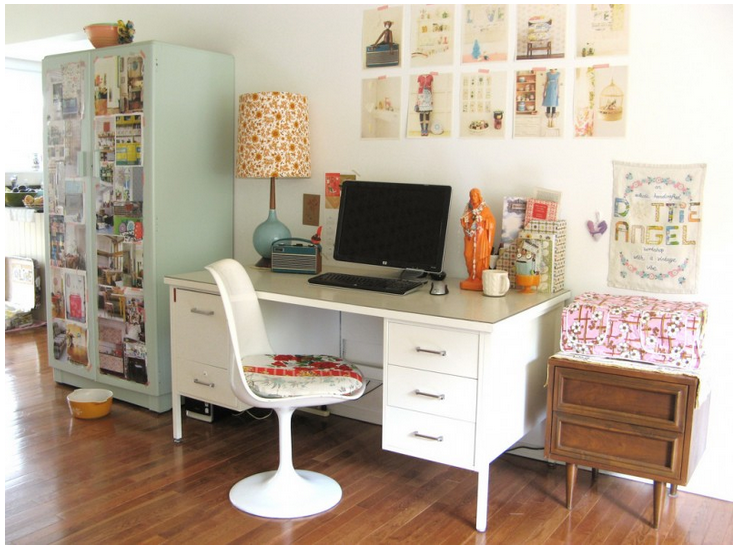 2.
2. 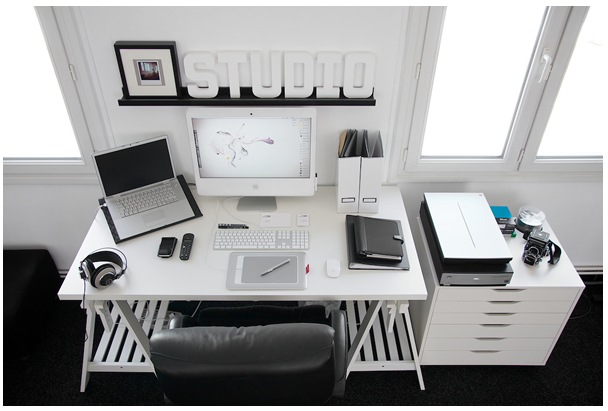
3. 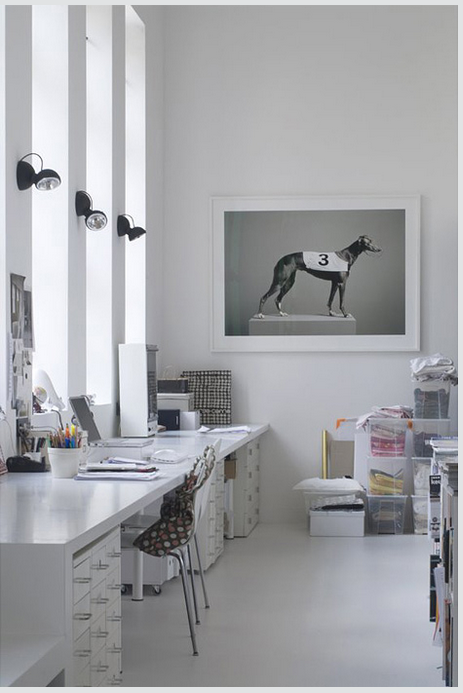 4.
4. 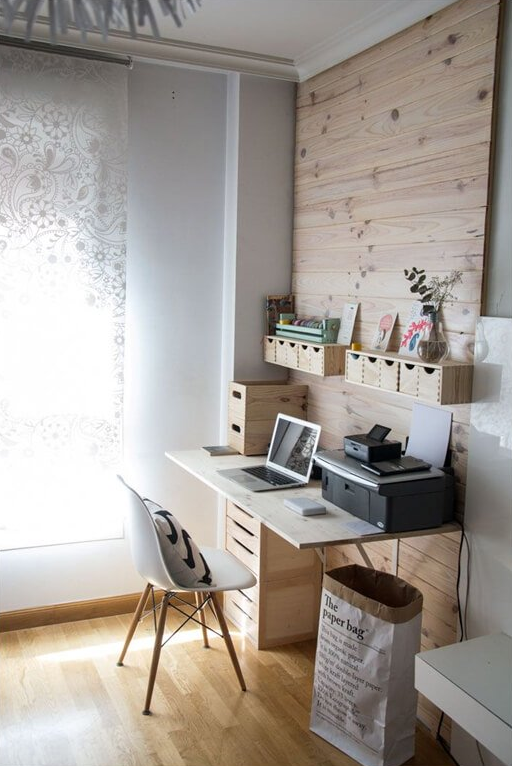
5.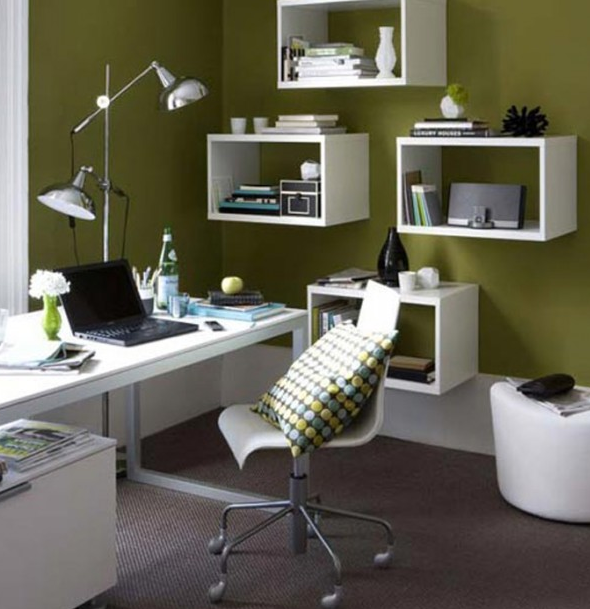
1. Use storage cabinets, inside and out. Inspirational Design
2. Black and white minimalist color scheme. Dailybri
3. What to do if you have a view? AWWWARDS
4. Scandinavian more to your liking? InteriorDesignology
5. Box shelves create extra space and utilize vertical space. Gtrinity
Options for Visual Inspiration and Admiration:
Don't mistake being creative as an excuse for clutter. These visually inspiring workspaces let the world know that you love being surrounded by what stimulates you, without letting those items take over.
1.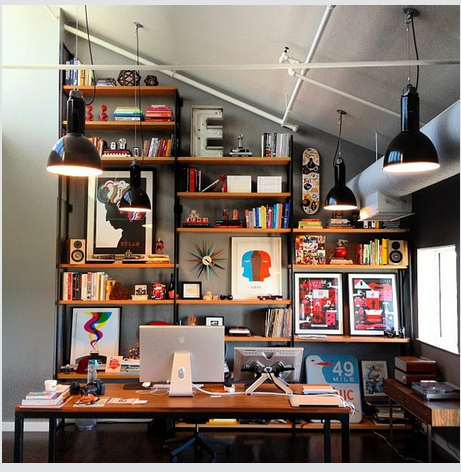 2.
2.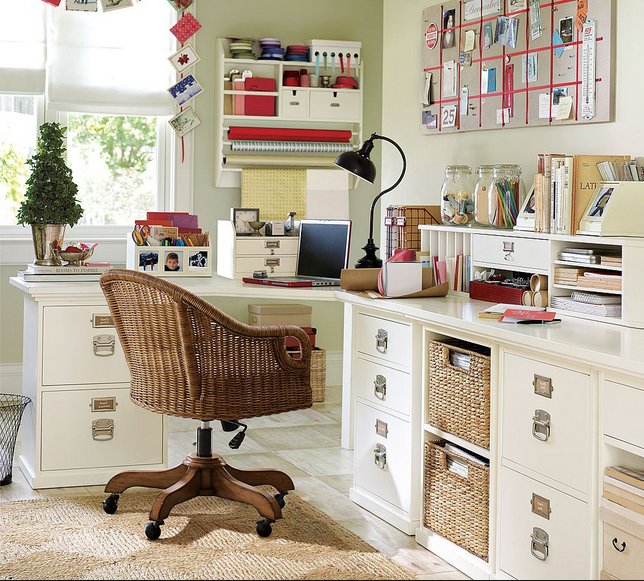
3. 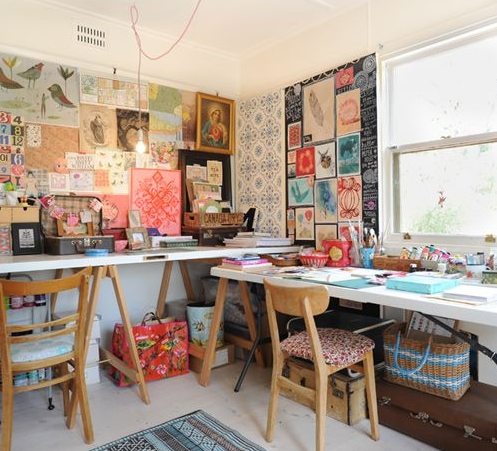 4.
4.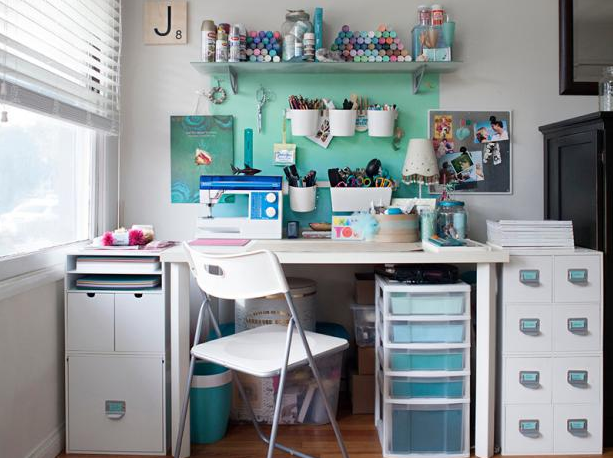
1. Use shelves to make the most of your mementos. AWWWARDS
2. Making use of the work space for storage of those must have items. PotteryBarn
3. Tressel tables and portable tables can be rearranged and allow for walls filled with inspiration. Indulgy
4. Use neutral storage cabinets with a pop of color to keep you focused. HGTV
Just joined our year of organizing? Click here for other TQS Organization blogs.


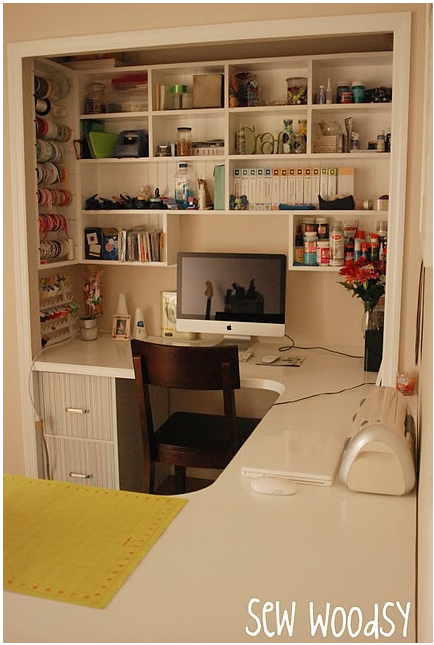
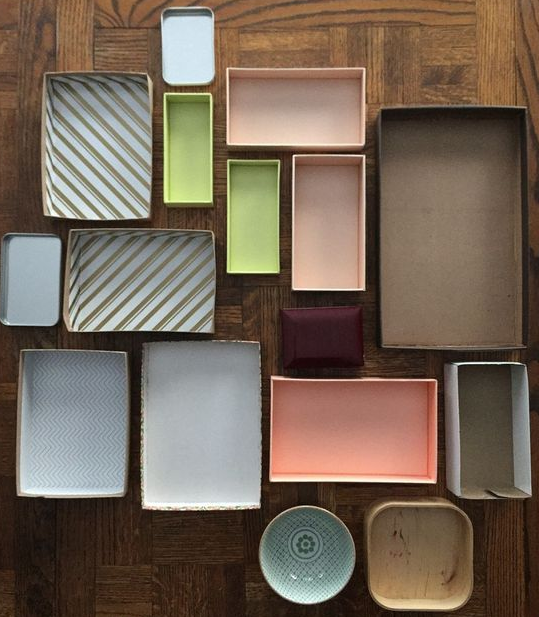


.jpg)



Ideas that address these issues would be great.
RSS feed for comments to this post